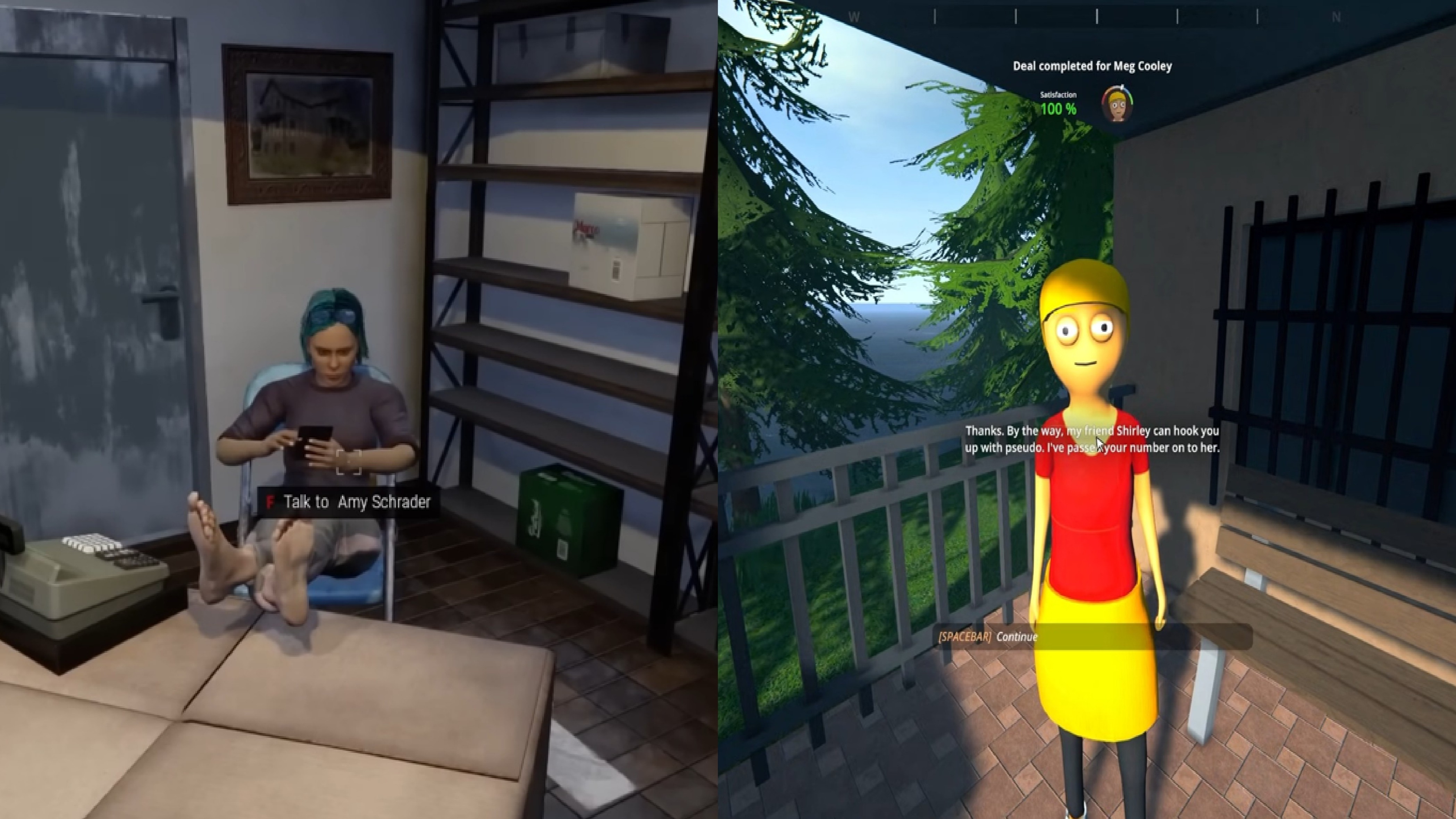Surface Neo, Xbox Series X, and all of the other tech we're looking forward to in 2020
It's going to be a heck of a year for Microsoft fans.
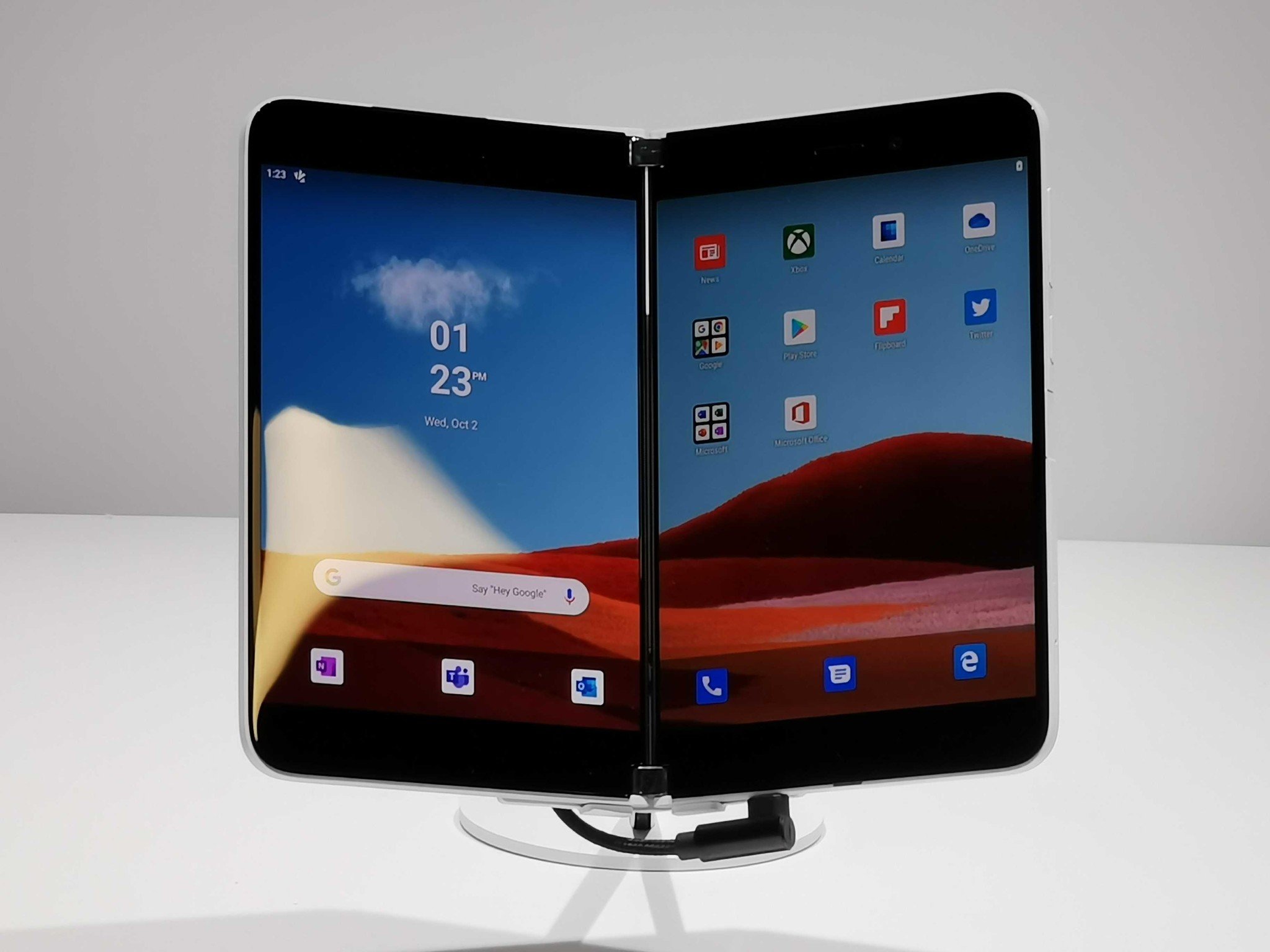
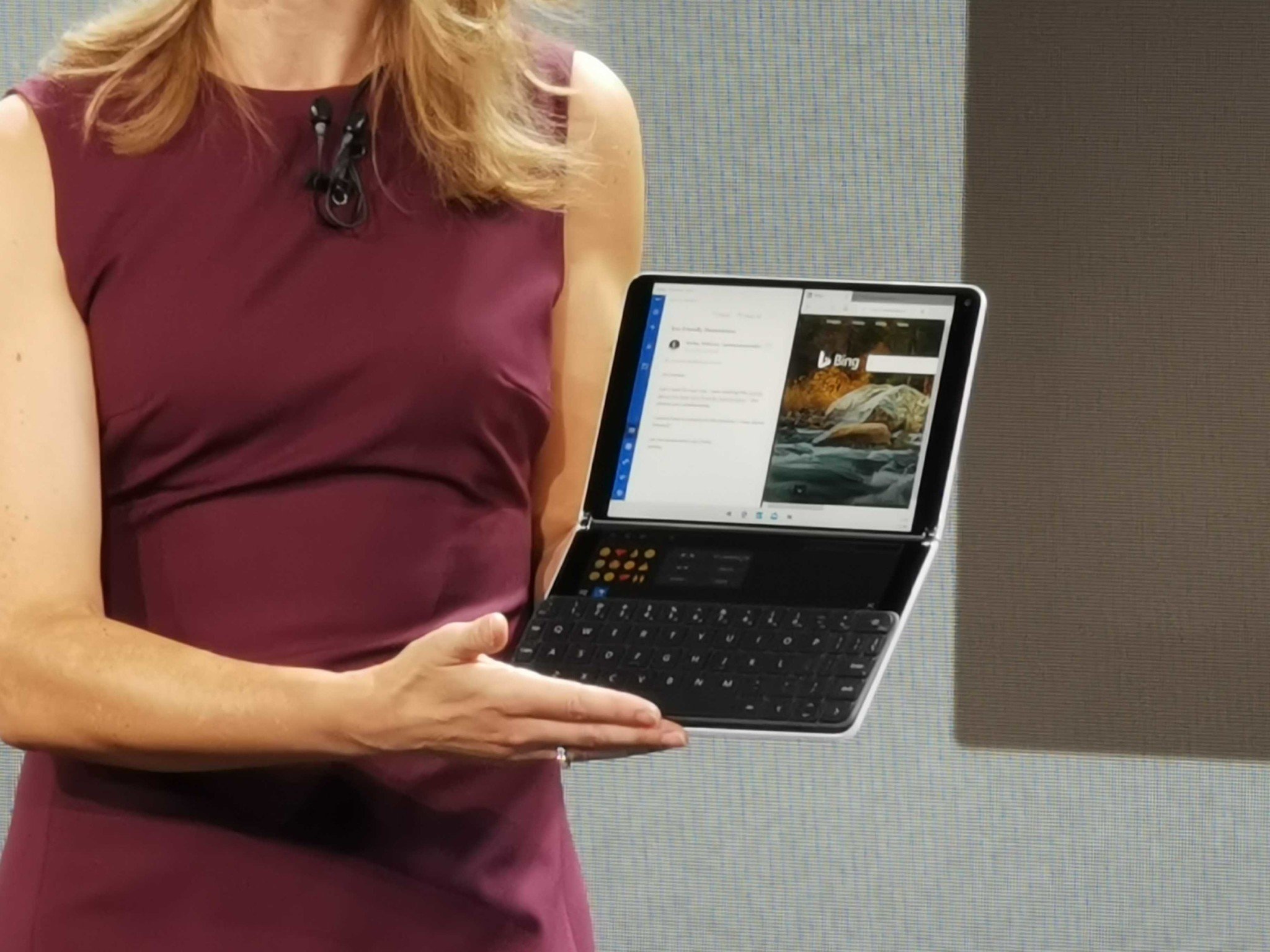
This year is shaping up to be one of the biggest for Microsoft in terms of how much tech it's readying for launch. Gamers have a new Xbox to look forward to at the end of the year, while Surface fans will see their dreams of a Surface phone realized with the Surface Duo. Then, of course, there's Windows 10 X and dual-screen PCs in general, along with so much more.
One thing's for sure: 2020 is going to be an expensive year for some of us. Here's a look at all of the tech and software we're looking forward to this year, and just why we're excited about it.
Xbox Series X
Jez Corden, senior gaming editor
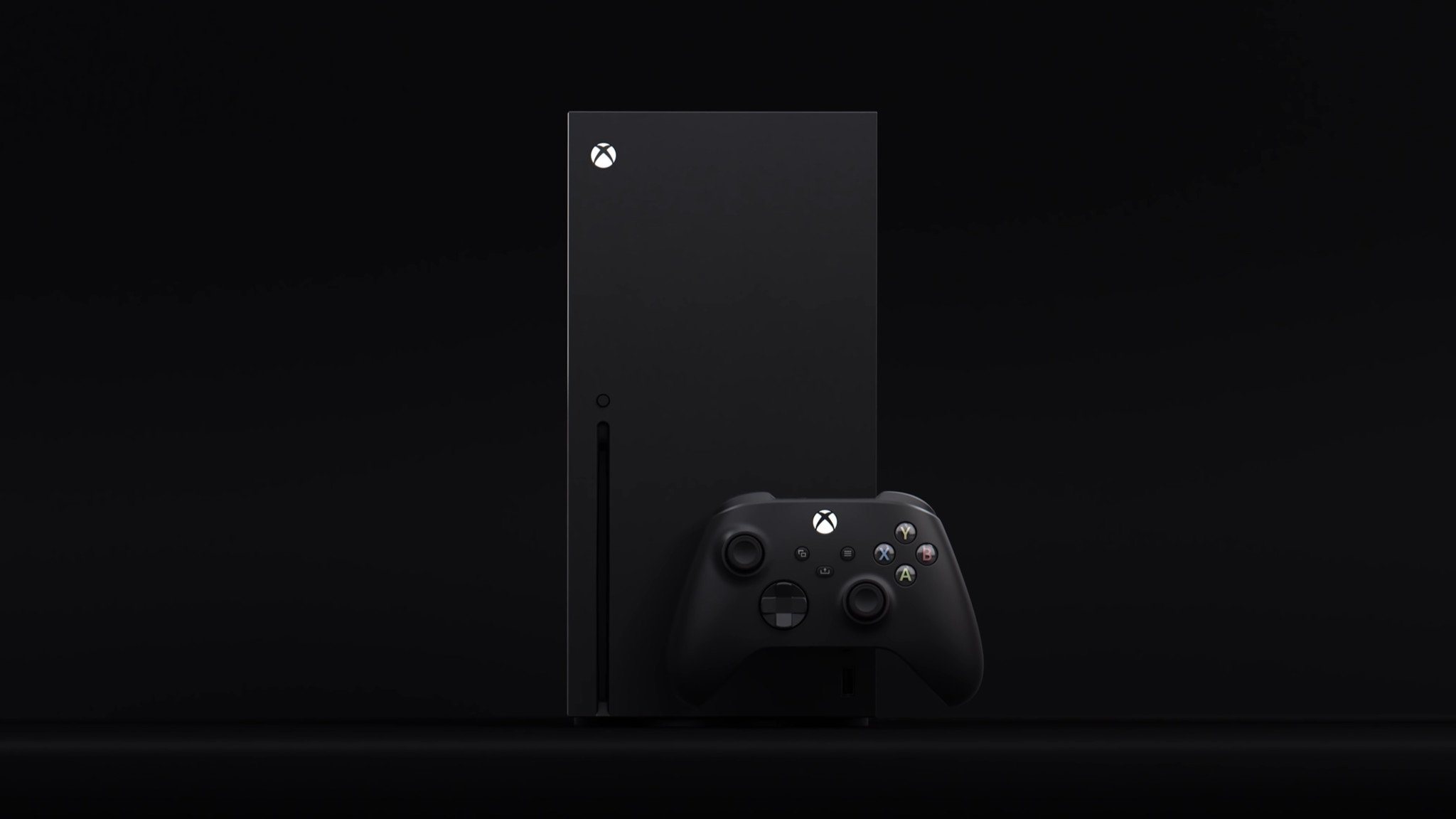
2020 is a huge year for Microsoft when it comes to general hardware. Like many others of us here at Windows Central, I'm overly excited for the Surface Duo, and the possibilities of a modern, streamlined Windows running on the Surface Neo. For me, though, the big one to watch is Microsoft's Xbox Series X strategy.
We've heard that Microsoft will ship not one, but two consoles for its next-gen Xbox offering, with modern CPUs that drive ray traced lighting and reflections for more dynamic visuals. On top of that, the two-pronged approach has been viewed by some as a risky proposition, as Microsoft pits itself in direct opposition to Sony's singular PlayStation 5 model. With digital lock-in making it less likely than ever for people to switch from their current preferred ecosystem, it remains to be seen whether features like Project XCloud, and Microsoft's increased investment in first-party games can realistically make a dent in Sony's console marketshare.
The Xbox Series X (and its possible Xbox Series S cousin) are only a part of Microsoft's gaming aspirations for 2020 and beyond. As mentioned, the Project XCloud game streaming service will begin rolling to the masses in 2020, allowing users to turn their home console into a personal game streaming server. In our testing, we've found that console streaming works extremely well for turn-based games on a modest home network infrastructure, but it's really XCloud itself that will prove itself more intriguing. Microsoft's more Netflix-like XCloud service will stream games directly from their high-power data centers, which, so far, has proven itself to be viable for more demanding 3D games such as shooters, fighting games, and sports titles.
Microsoft is also working hard to court PC gamers with its high-value Xbox Game Pass for PC offering, although some of its other social tools, such as Xbox Clubs remain in limbo. It's unclear whether Microsoft will continue to push its own Xbox-branded PC gaming ecosystem into the future, or simply double down on Steam, where Halo: Reach for PC has already seen massive success.
Get the Windows Central Newsletter
All the latest news, reviews, and guides for Windows and Xbox diehards.
This generation will be the first that is fully representative of Phil Spencer's vision for gaming at Microsoft. With Xbox Game Studios offering more exclusive titles than ever before, huge hardware commitments, and a bigger budget for practically everything gaming at Microsoft, it will be fun to see what Xbox can truly do when it stands on its own, unrestricted by the Windows division and Microsoft at large.
Dual-screen and foldable PCs
Daniel Rubino, executive editor
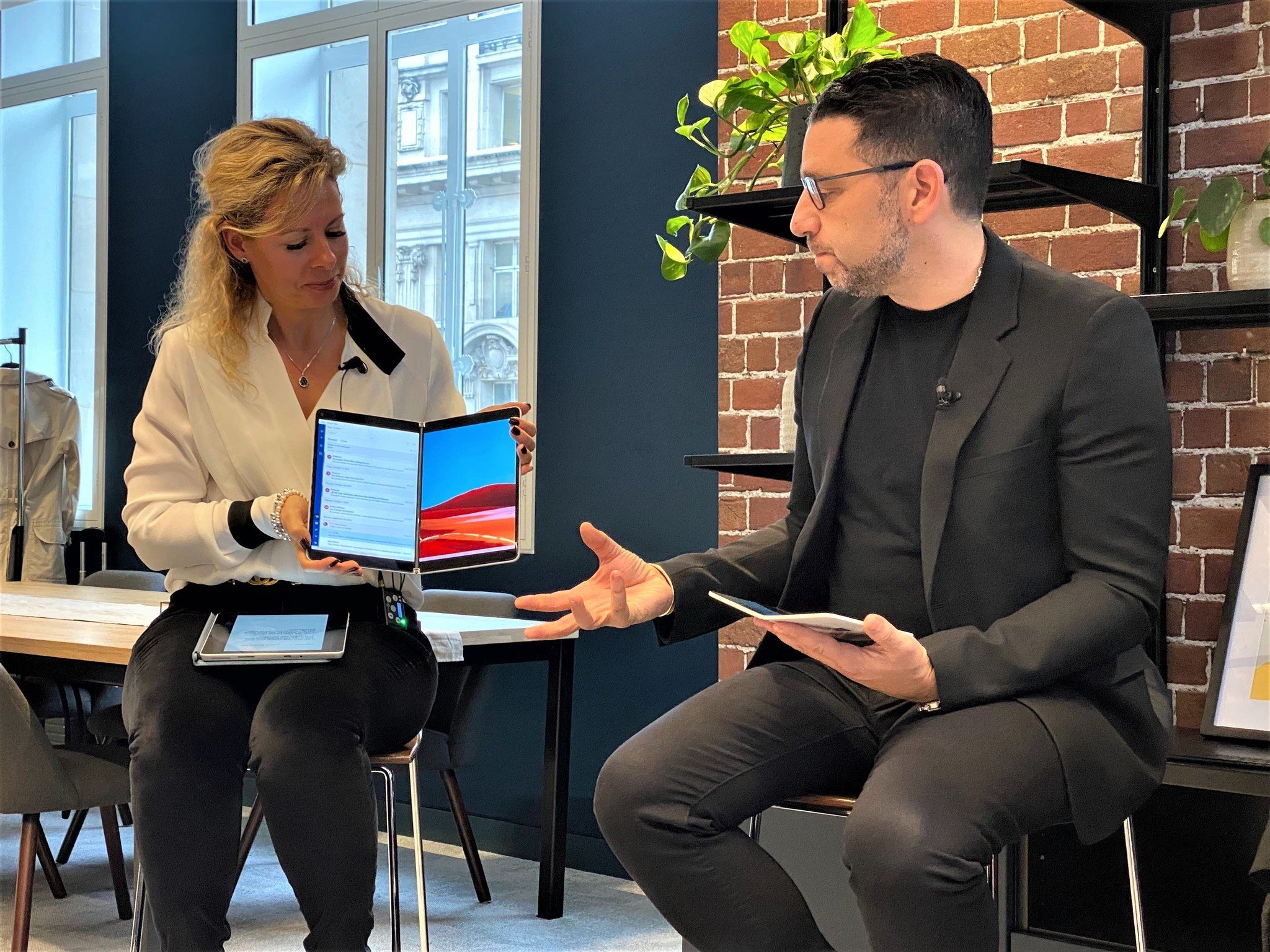
Two years ago, I wrote how Microsoft – and its OEM partners – were going to try to push the 2-in-1 category forward with dual-screen PCs. Many of the comments were dismissive and even doubtful, but it is evident that 2020 is the year of dual-screen and foldable-screen laptop PCs.
We know now that Lenovo has an X1 PC with a foldable display set for release sometime in 2020. Microsoft, too has its Surface Neo launching for next year's holiday season. Microsoft even let it be known that ASUS, Dell, and HP all have contributions to this push for dual-screens. We also understand that these devices support magnetic physical keyboards to help with that whole typing problem.
So, will they a hit or a flop? At least Windows 10X will help with the new user experience, but like the original 2-in-1 category, it is likely to take a few generations before everyone figures it out. Either way, it's officially happening. For those who yearned for Microsoft's original 2009 Courier concept, it's about to become a reality. And that's super exciting.
Windows 10X
Zac Bowden, senior editor
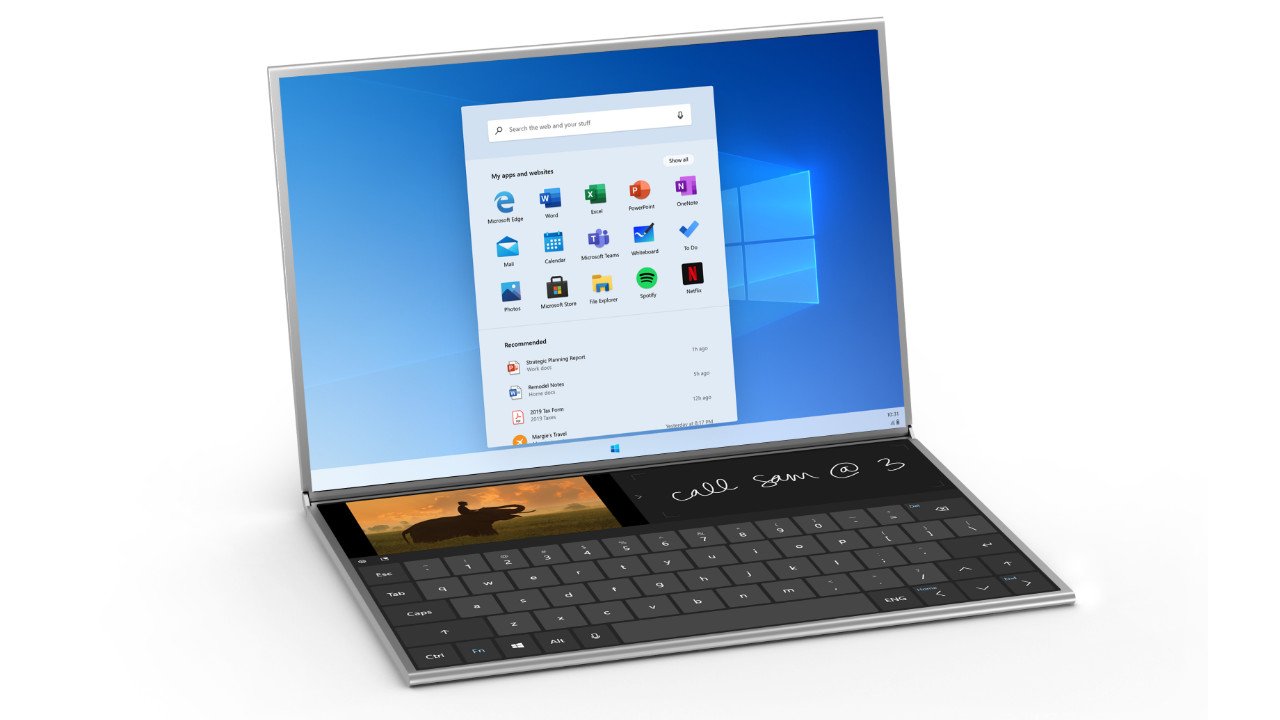
2020 is going to be a pretty big year for Windows, as Microsoft is expected to debut a new version of Windows 10 built from the ground up with a modern core, designed for modern devices such as foldable PCs. Known as Windows 10X, this new version of Windows 10 features a brand new user interface that's quite the departure from the Windows we know today, along with new features and changes for a more modern experience.
Windows 10X will be the first consumer version of Windows to be based on Windows Core OS, a restructuring of Windows from the ground up that's much more modern and lightweight, compared to the bloated, legacy version Windows we have today. Windows 10X is a modular OS, meaning many legacy features and components that most users don't need today have been stripped out in favor of a far simpler user experience.
Even though many legacy components have been removed from Windows 10X, users will still be able to run legacy desktop applications thanks to emulation and sandboxing. Legacy desktop applications are sandboxed on Windows 10X, which means they run in a secure environment that can't as easily affect the rest of the system. If you're not running a Win32 program, legacy components are shut down and aren't called upon until necessary, meaning improved system performance and battery life too.
Windows 10X will be launching first on foldable PCs at the end of 2020, but we understand that Windows 10X will be coming to more traditional form factors at some point in the future as well. Microsoft wants Windows 10X to be the new default version of Windows for most people. Similar to how Apple treats iPadOS and macOS: iPadOS is for most people, macOS is for power users. Windows 10X is the OS that Microsoft wants most people to use, with existing Windows 10 becoming the option for power users and enterprises who need legacy features and support.
Surface Earbuds
Dan Thorp-Lancaster, news editor
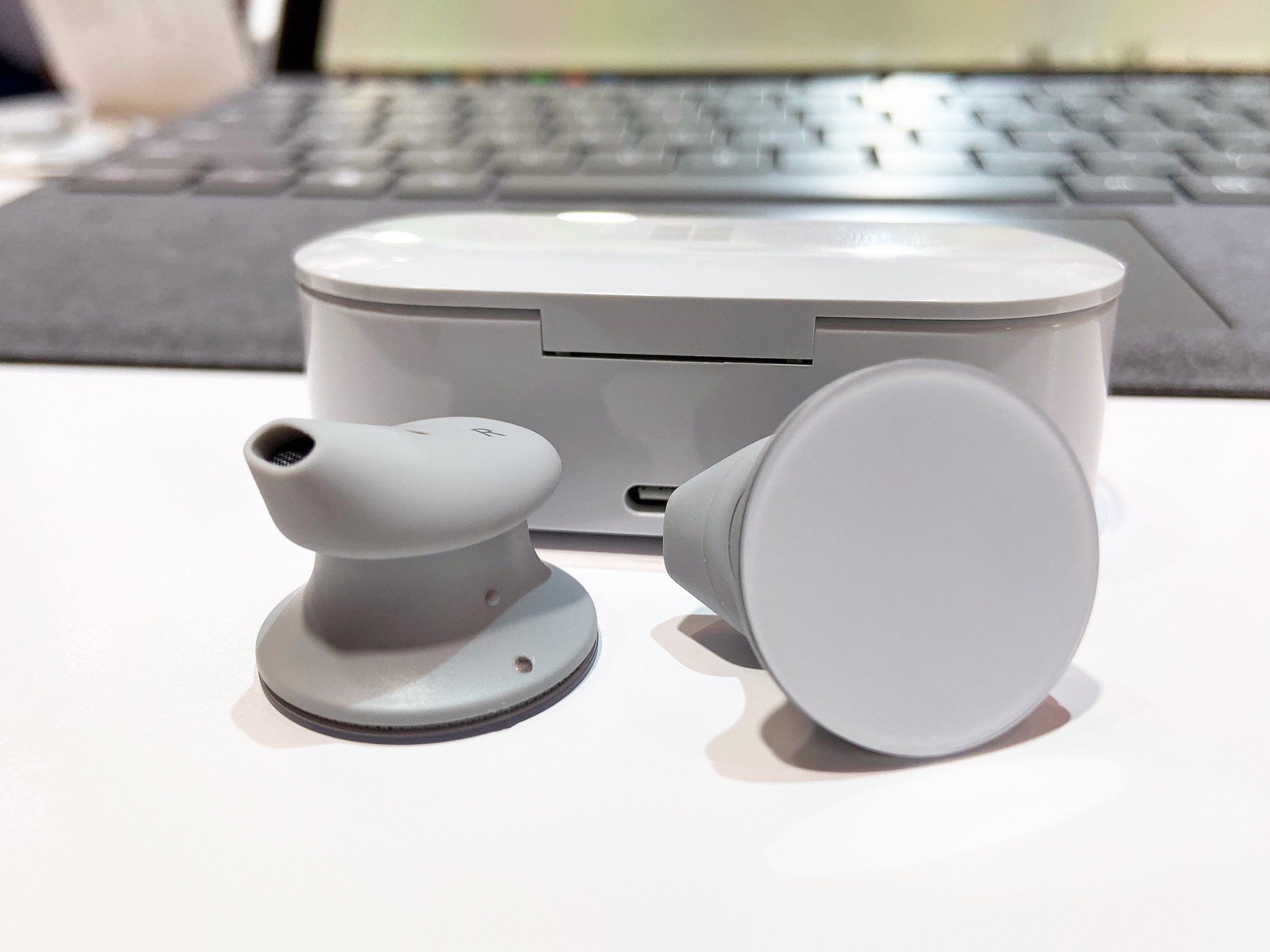
Something I'm pretty excited to get my hands on in 2020 is Microsoft's Surface Earbuds. It may not be as exciting as a new OS, foldable PCs, or a new console for most, but the accessory was one of my favorite takeaways from Microsoft's October 2019 Surface event. That's why I was pretty bummed out when Microsoft ultimately delayed them to Spring 2020.
I was waiting to see if Microsoft would jump into the premium wireless earbud space before buying any for myself, so I'll be happy to at least test a pair whenever they end up launching. I'll admit I'm still coming around to the design, which features a rather large touch area on each bud, but the promise of excellent audio quality, a comfortable fit, and some interesting Office and translation integrations is tempting.
That's not to say I'm handing my money over just yet. Apple's AirPods Pro and Google's Pixel Buds 2 are mighty interesting as well. Then there's the raft of much cheaper earbud options out there that could fit the bill. Still, I'm stoked to go hands-on with a pair once they're available.
Though, if Microsoft ever manages to launch the fabled black Surface Headphones, I might be swayed that direction as well.
Surface Duo and Microsoft's Android efforts
Sean Endicott, news writer
2019 was arguably Microsoft's biggest year ever on Android, and it sets up for an even bigger 2020. Microsoft continues to expand its library of apps and services on Android, with several apps reaching one billion installs in 2019. In 2020, we'll see the rollout and next steps for xCloud, Your Phone, and the Office suite. Microsoft is unifying the look of apps across platforms, bringing dark mode to more apps, and delivering a growing number of services to mobile users.
It feels like years of Microsoft shifting its mobile strategy is coming together in 2020.
On top of all of the apps and services that Microsoft builds for Android, it is also entering the hardware space with the Surface Duo. While this dual-screen phone won't be a direct competitor to the likes of OnePlus and Samsung, it will give us a glimpse into Microsoft's vision for Android.
I'm curious to see what and Android phone from Microsoft looks like. What will its launcher look like? Will it have an upgraded version of Next Lockscreen? Will Microsoft add any features to stock Android? These are just a few questions we'll have answered in 2020. Samsung already integrates Your Phone directly into the Note10. I'm anxious to see what Microsoft will do when it has deep access to the software and hardware of an Android device.
What about you?
What's the tech you're most looking forward to checking out this year? Do you agree with our picks, or is there something else that's caught your eye? Let us know in the comments.
Dan Thorp-Lancaster is the former Editor-in-Chief of Windows Central. He began working with Windows Central, Android Central, and iMore as a news writer in 2014 and is obsessed with tech of all sorts. You can follow Dan on Twitter @DthorpL and Instagram @heyitsdtl.

